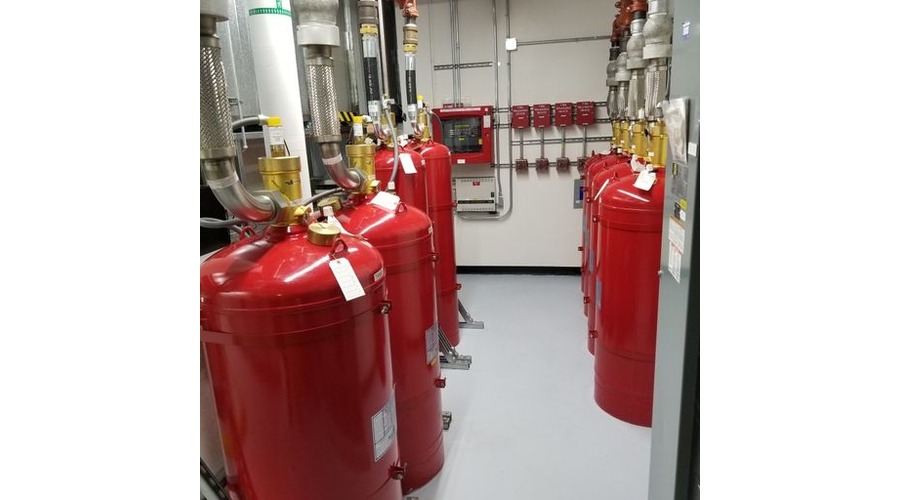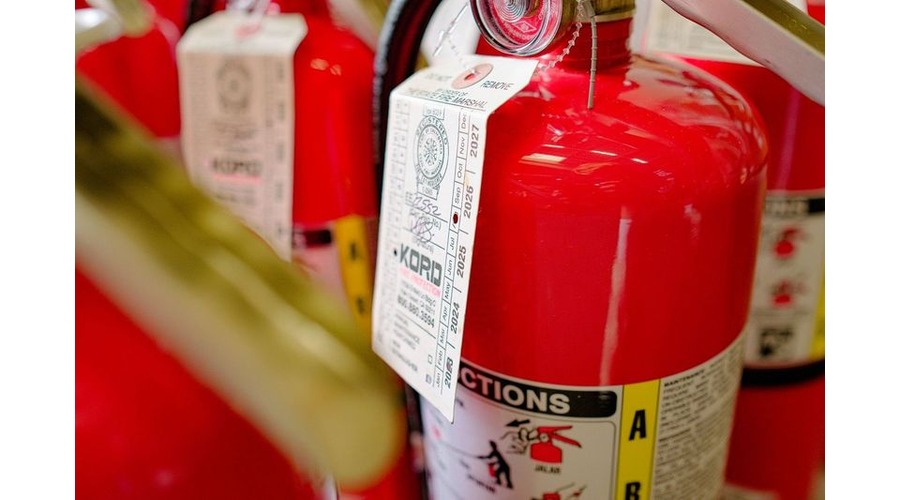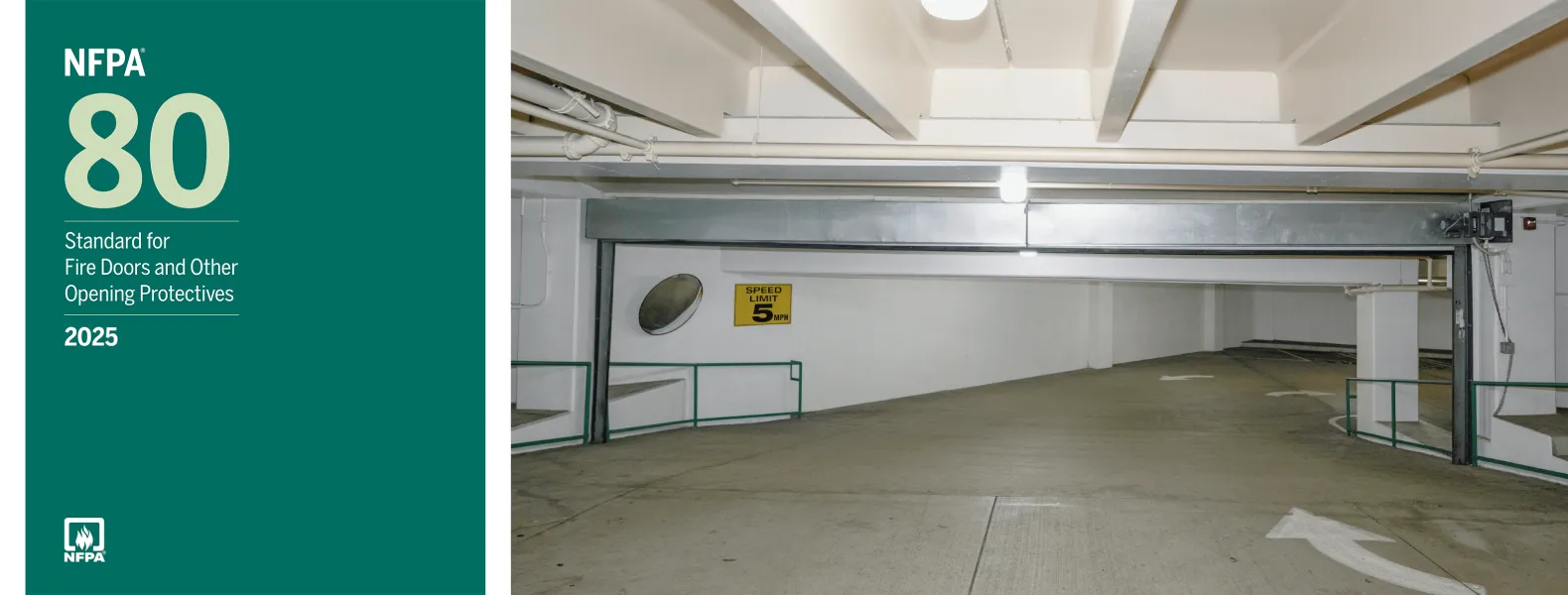

Mastering NFPA 80: Key Guidelines for Fire Door Safety Compliance
NFPA: Fire Doors
Fire door safety is essential for any building that prioritizes occupant safety and complies with fire safety codes. NFPA 80, the standard governing the installation, inspection, and maintenance of fire doors, serves as a comprehensive guideline to ensure that fire doors perform as intended in the event of a fire. This article outlines the key guidelines in NFPA 80, focusing on essential elements like labeling, installation, testing, and maintenance of fire doors to aid fire safety professionals in achieving compliance.
Understanding NFPA 80 Standards
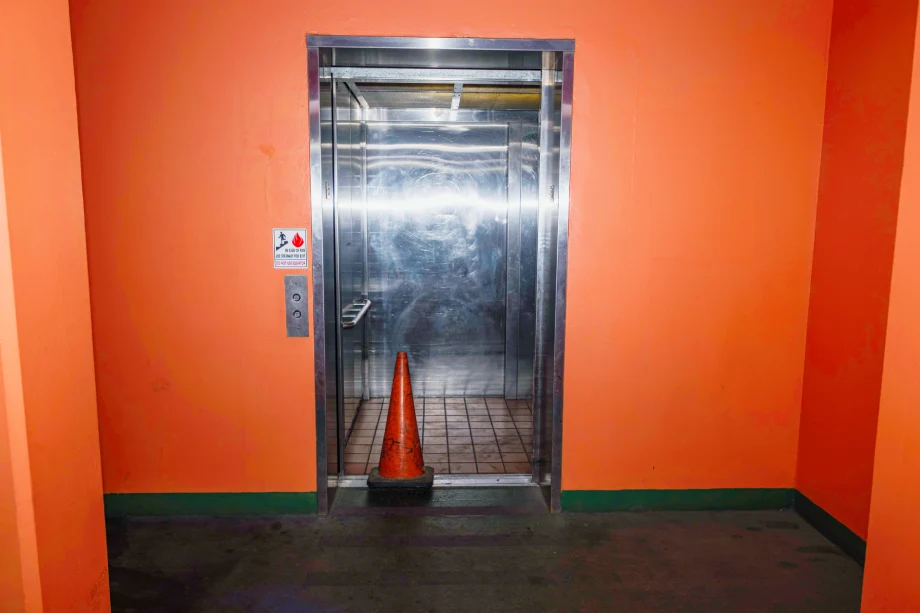

NFPA 80 sets standards for a variety of fire-resistant assemblies, including doors, shutters, windows, and fabric fire curtains. These assemblies are designed to control the spread of fire by sealing openings in fire-resistant walls and partitions, allowing building occupants safe evacuation paths. The guidelines ensure these assemblies function effectively by regulating aspects like material requirements, operational mechanisms, and regular testing standards.
Essential Components of a Fire Door Assembly
Fire door assemblies consist of several crucial components, each of which must meet NFPA 80 standards for quality and safety:
- Door: Only labeled fire doors, designed to withstand fire for a specific period, should be used. Doors may vary in rating, generally ranging from 20 minutes to 3 hours, depending on the specific needs and locations within a building.
- Frame: The frame, along with its installation, is integral to the door’s effectiveness. For instance, Steel frames need strong anchoring with fire-resistant fasteners, like expansion bolts, to stay secure in high heat. NFPA 80 specifies a tight clearance of 1/8 inch between the door and frame to prevent smoke and flames from passing through.
- Hardware: The hardware, including hinges, latches, and locking mechanisms, must be compliant with fire door standards. NFPA 80 specifies using hardware that maintains positive latching, ensuring the door remains closed during a fire.
- Glazing Material: Only fire-rated glazing is allowed in vision panels, with size limits based on the door’s rating. For 3-hour doors, glazing can’t exceed 100 square inches unless further testing permits larger areas.
Labeling Requirements for Fire Doors
Each fire door assembly must have a visible label indicating its compliance with fire safety standards. NFPA 80 mandates that labels be applied in locations that are accessible for identification by authorities after installation. The label serves as evidence that the door assembly was manufactured and tested to meet fire-resistance criteria. The label should indicate critical details like the fire protection rating, and for oversized doors, a certificate of inspection may be required instead of a label.
Installation Guidelines
Correct installation is crucial for the fire door assembly to perform as intended. Installation must be performed according to the manufacturer’s instructions and must comply with all NFPA guidelines, ensuring secure attachment to the walls and frames. For instance, each hinge on a swinging fire door must be placed per manufacturer specifications, and the door frame should be correctly aligned to avoid gaps that could allow smoke or flames to escape.
Inspection and Testing Protocols
NFPA 80 outlines rigorous inspection and testing protocols to ensure that fire door assemblies maintain their integrity over time. Following these protocols can help building managers identify and address issues before they compromise safety.
- Acceptance Testing: Once a fire door assembly is installed, it must undergo acceptance testing by qualified personnel. This involves visually inspecting the door, testing its closing function, and ensuring that all components are correctly installed.
- Periodic Inspections: Routine inspections are required to check for operability and signs of wear or damage. During these inspections, components like hinges, latches, and closing devices must be examined for functionality.
- Functional Testing: Operational testing ensures the door closes and latches correctly when activated. NFPA 80 requires that closing devices bring the door to a fully latched position without delay, maintaining safety in an emergency.
- Record-Keeping: Detailed records of all inspections and tests are crucial. These records must include the date, the inspector’s name, and a description of the inspection results. Retaining records for the required retention period helps in audits and ensures compliance.
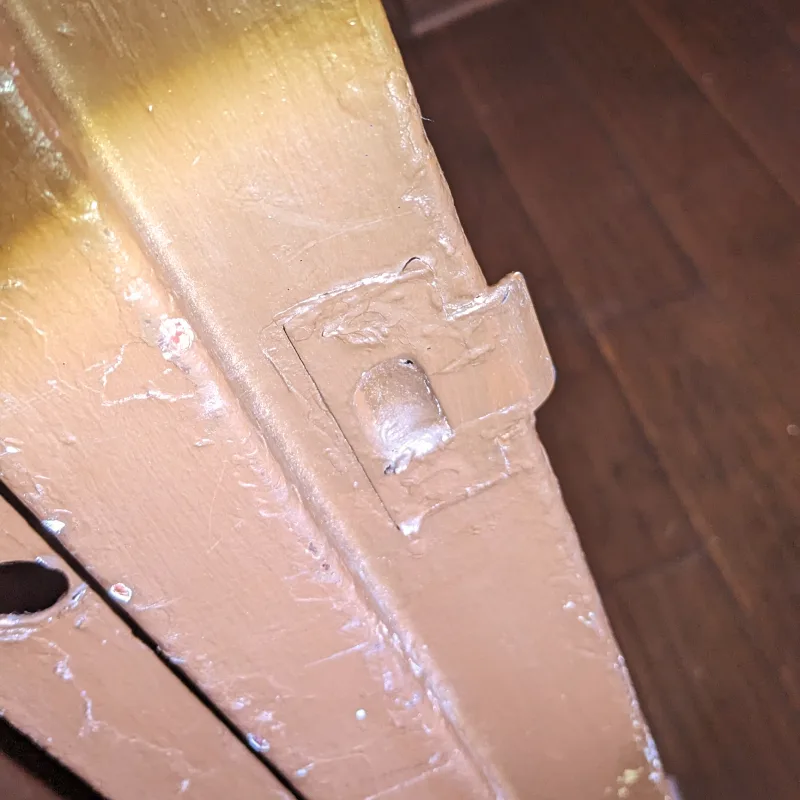

Field Modifications and Repairs
Fire doors sometimes require field modifications or repairs to accommodate specific site conditions or to restore functionality. NFPA 80 provides strict guidelines for such modifications to avoid compromising the door’s fire resistance:
- Field Labeling for Modifications: Only certified professionals should handle field labeling of modified doors. Modifications that alter the door’s structural integrity, such as adding vision panels, require consultation with the original labeling agency to ensure that fire resistance is not compromised.
- Repairs and Replacements: Damaged components, such as glazing, hardware, or the door frame, must be replaced with parts meeting NFPA standards. If repair parts from the original manufacturer are unavailable, substitute parts should only be used if they meet the same standards.
Maintenance Best Practices
Routine maintenance is essential for fire doors to perform effectively over time. Maintenance tasks include lubrication of moving parts, alignment adjustments, and ensuring unobstructed closing paths. NFPA 80 also stipulates guidelines for cleaning and handling different materials, particularly fire-rated glazing and protective finishes, to avoid damaging these sensitive components. Regular attention to these aspects ensures compliance and extends the door assembly’s service life.
Specific Provisions for Different Door Types
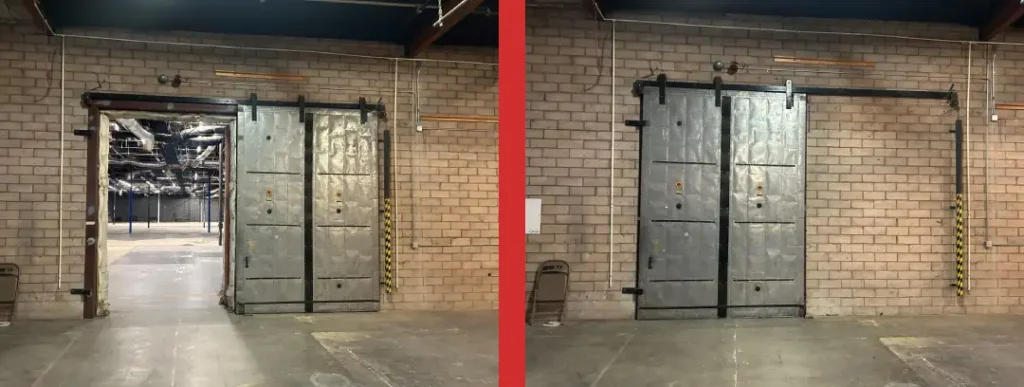

NFPA 80 provides specialized guidance for various fire door configurations, acknowledging the distinct requirements of each type:
- Swinging Doors:
- Paired Doors:
- Use automatic flush bolts or two-point latches on the inactive leaf.
- Active leaf must have a latch bolt that cannot stay retracted during a fire.
- Single Doors:
- Require a single-point latch bolt that meets minimum throw standards to ensure secure closure under fire conditions.
- Paired Doors:
- Rolling Steel Doors:
- Automatic Closing:
- Must include an automatic-closing device, typically activated by a fusible link or detector that releases upon fire detection.
- Once activated, the door closes completely, with a governor managing the descent speed, which must be between 6 and 24 inches per second.
- Retrofit Operators:
- If added, retrofit operators must be listed and installed according to the manufacturer’s guidelines to maintain compliance.
- These operators may stop or reverse upon contact with an obstruction and are required to close fully once reset.
- Automatic Closing:
- Horizontally Sliding Doors:
- Self-Closing or Automatic Closing Devices:
- Equipped with self-closing or automatic mechanisms that withstand high temperatures and close without failure under fire conditions, essential in public access areas where these doors may serve as emergency exits.
- Mounting:
- Sliding doors are wall-mounted in a track or roller system that ensures smooth and secure closing, with precise clearance to accommodate expansion during a fire.
- Track installation must follow the listing and manufacturer’s instructions.
- Self-Closing or Automatic Closing Devices:
Addressing Common Compliance Challenges
Achieving full compliance with NFPA 80 can be challenging due to factors like aging buildings, limited budgets, and variations in door hardware. Here are some common issues and recommended practices:
Clearance Issues: In NFPA 80, the specified clearance requirements are as follows:
- Under the Door: Clearance under fire doors should not exceed 3/4 inch (19 mm) above the finished floor or threshold to ensure that the door seals properly during a fire.
- Between Door and Frame: The clearance at the door’s vertical and top edges and between meeting stiles of paired doors should not exceed 1/8 inch (3.18 mm) to maintain the door’s integrity under fire conditions.
- These clearance limits are designed to prevent gaps that could allow smoke and flames to pass through, compromising the door’s performance in an emergency.
- Obstructions and Blockages: Obstructions that impede the door’s path or prevent it from fully closing are common in high-traffic areas. NFPA 80 mandates that door openings remain clear at all times, and building managers should install barriers if necessary to prevent items from piling up near fire doors.
- Maintenance of Fire Dampers and Shutters: NFPA 80 also includes guidelines for fire dampers and shutters, which often serve as fire-resistant closures for HVAC ducts or large vertical openings. Regular testing of these components is crucial as they play a critical role in controlling smoke and heat movement during a fire.
Fire Door NFPA FAQS
Get Top-Rated Fire Safety Solutions!
For building managers, fire safety personnel, and maintenance teams, understanding and following these guidelines is crucial to creating safer environments. Implementing NFPA 80 standards rigorously contributes to effective fire containment, enhances building safety, and reduces liability for building owners.

